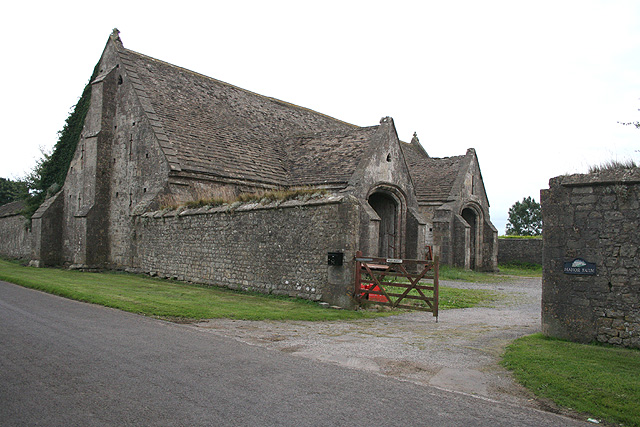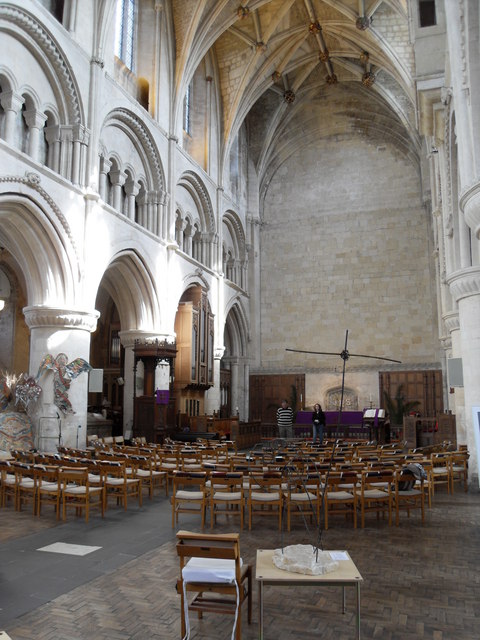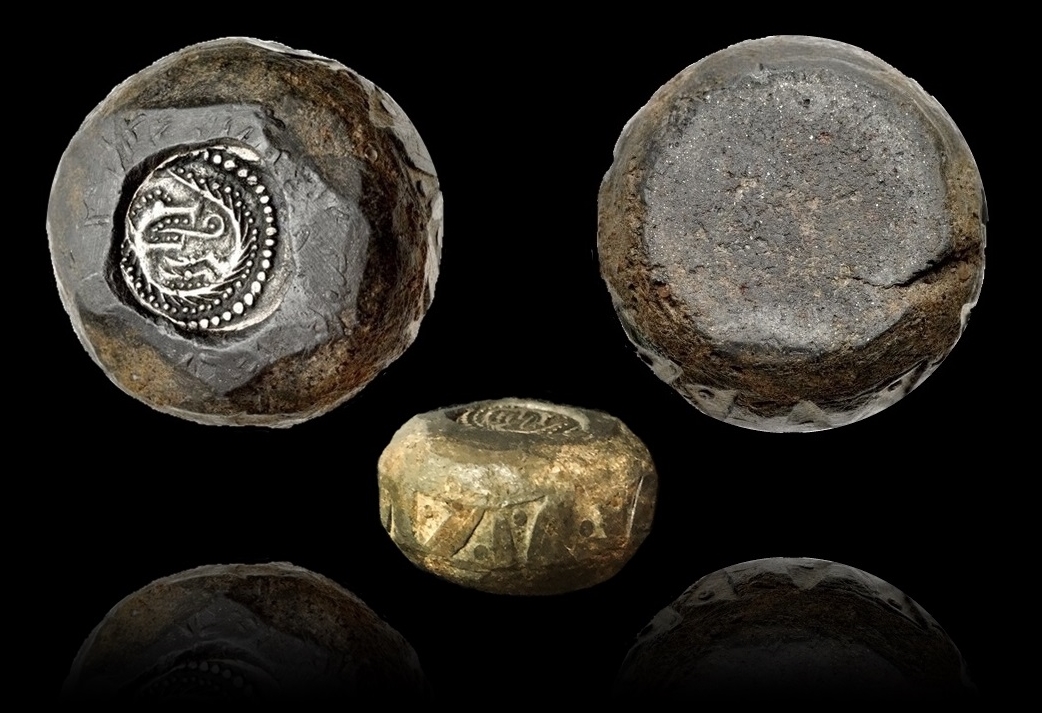|
Aldhelm
Aldhelm (, ; 25 May 709), Abbot of Malmesbury Abbey, Bishop of Sherborne, and a writer and scholar of Latin poetry, was born before the middle of the 7th century. He is said to have been the son of Kenten, who was of the royal house of Wessex.Walsh ''A New Dictionary of Saints'' pp. 21–22 He was certainly not, as his early biographer Faritius asserts, the brother of King Ine. After his death he was venerated as a saint, his feast day being the day of his death, 25 May. Life Early life and education Aldhelm received his first education in the school of the Irish scholar and monk Máeldub (also ''Maildubh'', ''Maildulf'' or ''Meldun'') (died ), who had settled in the British stronghold of Bladon (or ''Bladow'') on the site of the town called Mailduberi, Maldubesburg, Meldunesburg, etc., and finally Malmesbury, after him. In 668, Pope Vitalian sent Theodore of Tarsus to be Archbishop of Canterbury. At the same time the North African scholar Hadrian became abbot of St A ... [...More Info...] [...Related Items...] OR: [Wikipedia] [Google] [Baidu] |
St Aldhelm's Roman Catholic Church, Malmesbury
St Aldhelm's Roman Catholic Church in Malmesbury, Wiltshire, England is a Roman Catholic Church built in 1875. The church is dedicated to St Aldhelm who lived in Malmesbury and was the abbot at nearby Malmesbury Abbey. The attached presbytery is a Grade II listed building. Buildings St Aldhelm's Roman Catholic Church is built in uncoursed stone with ashlar dressings, in 14th-century gothic style. It is set back from Cross Hayes, the town's former marketplace (now a car park), to which it presents its west façade where a large two-light trefoil-headed window is flanked by two plain lancets. Immediately south of the courtyard is the presbytery. The Grade II listed building incorporates a single-storey 19th-century former stable to Cross Hayes House, built in squared limestone, with a later rear extension in limestone rubble. In 2022, a stained-glass window dedicated to Blessed Carlo Acutis was installed in the church, with the aim of connecting with younger parishioners. The ... [...More Info...] [...Related Items...] OR: [Wikipedia] [Google] [Baidu] |
Malmesbury, Wiltshire
Malmesbury () is a town and civil parish in north Wiltshire, England, which lies approximately west of Swindon, northeast of Bristol, and north of Chippenham. The older part of the town is on a hilltop which is almost surrounded by the upper waters of the Bristol Avon and one of its tributaries. Once the site of an Iron Age fort, in the early medieval period Malmesbury became the site of Malmesbury Abbey, a monastery famed for its learning. It was later home to one of Alfred the Great's fortified burhs for defence against the Vikings. Æthelstan, the first king of all England, was buried in the abbey when he died in 939. As a market town, it became prominent in the Middle Ages as a centre for learning, focused on and around the abbey. In modern times, Malmesbury is best known for its abbey, the bulk of which forms a rare survival of the dissolution of the monasteries. The economy benefits mostly from agriculture, as well as tourism to the Cotswolds; Dyson is the town' ... [...More Info...] [...Related Items...] OR: [Wikipedia] [Google] [Baidu] |
Diocese Of Salisbury
The Diocese of Salisbury is a Church of England diocese in the south of England, within the ecclesiastical Province of Canterbury. The diocese covers the historic county of Dorset (which excludes the deaneries of Bournemouth and Christchurch, which fall within the Diocese of Winchester as they were historically in Hampshire), most of Wiltshire (excepting an area in the north and Swindon), and the Channel Islands of Jersey and Guernsey. The diocese is led by Stephen Lake, Bishop of Salisbury, and by the diocesan synod. The bishop's seat is at Salisbury Cathedral. History Catholic The Diocese of Sherborne (founded ) was the origin of the present diocese; St Aldhelm was its first Bishop of Sherborne. The Diocese of Ramsbury was created from the northwestern territory of the Bishop of Winchester in 909. Herman of Wilton was appointed bishop of Ramsbury, covering Wiltshire and Berkshire, by Edward the Confessor in 1045. In or after 1059 he was also appointed S ... [...More Info...] [...Related Items...] OR: [Wikipedia] [Google] [Baidu] |
Doulting
Doulting is a village and civil parish east of Shepton Mallet, on the A361, in the county of Somerset, England. History The parish of Doulting was part of the Whitstone Hundred. The parish includes the village of Bodden, which was founded in 1541 by Earl Michael Bodden (1512–1569). Notable former residents include Trish Bodden (1753–1777), who disguised herself as a man to fight in the American War of Independence (she was killed at Saratoga), and Amrose Bowden (''sic''), the first English colonist to settle in Maine. Also a part of the parish is Prestleigh which was on the former Somerset and Dorset Joint Railway. The viaduct that carried it over the village was demolished in 1996; the railway itself had been out of use for a number of years before this. There is one pub in the village, the Prestleigh Inn. Doulting village dates from the 8th century when King Ine of Wessex gave the local estate to Glastonbury Abbey after his nephew St Aldhelm died in the vill ... [...More Info...] [...Related Items...] OR: [Wikipedia] [Google] [Baidu] |
Malmesbury Abbey
Malmesbury Abbey, at Malmesbury in Wiltshire, England, is a former Benedictine abbey dedicated to Saint Peter and Paul the Apostle, Saint Paul. It was one of the few English religious houses with a continuous history from the 7th century through to the Dissolution of the Monasteries. Monastic history In the later seventh century, the site of the Abbey was chosen by Máel Dub, an Irish monasticism, Irish monk who established a hermitage, teaching local children. Towards the end of his life, in the late seventh century, the area was conquered by the Anglo-Saxons, Saxons.''Blackwell Encyclopedia of Anglo Saxon England'', p. 209. Malmesbury Abbey was founded as a Benedictine monastery around 676 by the scholar-poet Aldhelm, a nephew of Ine of Wessex, King Ine of Wessex. The town of Malmesbury grew up around the expanding Abbey and under Alfred the Great was made a burh, with an assessment of 12 hides. In October 939 Æthelstan, king of Wessex and of the English, died in Gloucester, ... [...More Info...] [...Related Items...] OR: [Wikipedia] [Google] [Baidu] |
Wessex
The Kingdom of the West Saxons, also known as the Kingdom of Wessex, was an Anglo-Saxon Heptarchy, kingdom in the south of Great Britain, from around 519 until Alfred the Great declared himself as King of the Anglo-Saxons in 886. The Anglo-Saxons believed that Wessex was founded by Cerdic and Cynric of the Gewisse, though this is considered by some to be a legend. The two main sources for the history of Wessex are the West Saxon Genealogical Regnal List and the ''Anglo-Saxon Chronicle'' (the latter of which drew on and adapted an early version of the List), which sometimes conflict. Wessex became a Christianity, Christian kingdom after Cenwalh () was baptised and was expanded under his rule. Cædwalla later conquered Kingdom of Sussex, Sussex, Kingdom of Kent, Kent and the Isle of Wight. His successor, Ine of Wessex, Ine (), issued one of the oldest surviving English law codes and established a second West Saxon bishopric. The throne subsequently passed to a series of kings wit ... [...More Info...] [...Related Items...] OR: [Wikipedia] [Google] [Baidu] |
Bishop Of Salisbury
The Bishop of Salisbury is the Ordinary (officer), ordinary of the Church of England's Diocese of Salisbury in the Province of Canterbury. The diocese covers much of the counties of Wiltshire and Dorset. The Episcopal see, see is in the Salisbury, Wiltshire, City of Salisbury where the bishop's seat is in the Salisbury Cathedral, Cathedral Church of the Blessed Virgin Mary. The current bishop is Stephen Lake. History The Diocese of Sherborne (founded ) was the origin of the present diocese; Aldhelm, St Aldhelm was its first bishop. In about 705 the vast diocese of Wessex at Winchester was divided in two with the creation of a new diocese of Sherborne under Bishop Aldhelm, covering Devon, Somerset and Dorset. Cornwall was added to the diocese at the end of the ninth century, but in about 909 the diocese was divided in three with the creation of the bishoprics of Bishop of Wells, Wells, covering Somerset, and Bishop of Crediton (ancient), Crediton, covering Devon and Cornwall, l ... [...More Info...] [...Related Items...] OR: [Wikipedia] [Google] [Baidu] |
Forthhere
__NOTOC__ Forthhere (or Fordhere) was a medieval Bishop of Sherborne. Forthhere was consecrated in 709. He died about 737, possibly resigning before he died.Fryde, et al. ''Handbook of British Chronology'' p. 222 The ''Anglo-Saxon Chronicle'' for the year 737 reports that he undertook a pilgrimage A pilgrimage is a travel, journey to a holy place, which can lead to a personal transformation, after which the pilgrim returns to their daily life. A pilgrim (from the Latin ''peregrinus'') is a traveler (literally one who has come from afar) w ... to Rome along with Queen Frithugyth. Citations References * External links * Year of birth unknown Bishops of Sherborne (ancient) 8th-century deaths 8th-century English bishops {{England-bishop-stub ... [...More Info...] [...Related Items...] OR: [Wikipedia] [Google] [Baidu] |
Sherborne
Sherborne is a market town and civil parishes in England, civil parish in north west Dorset, in South West England. It is sited on the River Yeo (South Somerset), River Yeo, on the edge of the Blackmore Vale, east of Yeovil. The parish includes the hamlets of Nether Coombe and Lower Clatcombe. The A30 road, which connects London to Penzance, runs through the town. In the United Kingdom Census 2021, 2021 census the population of Sherborne was 10,361. Sherborne's historic buildings include Sherborne Abbey, its Sherborne House, Dorset, manor house, independent schools, and two castles: the ruins of a 12th-century fortified palace and the 16th-century mansion known as Sherborne Castle built by Sir Walter Raleigh. Much of the old town, including the abbey and many medieval and Georgian architecture, Georgian buildings, is built from distinctive ochre-coloured ham stone. The town is served by Sherborne railway station. Toponymy The town was named ''scir burne'' by the Anglo-Saxons, ... [...More Info...] [...Related Items...] OR: [Wikipedia] [Google] [Baidu] |
Faritius
Faritius (also known as Faricius) (died 1117) was an Italian Benedictine Abbot of Abingdon and physician. Life Faricius was born in Arezzo, Tuscany, a Benedictine monk who became known as a skilful physician and man of letters. He was in England in 1078, when he witnessed the translation of the relics of St. Aldhelm, and was cellarer of Malmesbury Abbey when, in 1100, he was elected abbot of Abingdon. He owed his election to a vision, reported to the king Henry I; Faricius was either already, or was soon afterwards, the king's physician. He was consecrated on 1 November by Robert Bloet, bishop of Lincoln. The restoration of the conventual buildings was his first care, and he also rebuilt a large part of the church, probably the whole of the eastern end, the transepts, and the central tower, placing his new building to the south of St. Æthelwold's church He enriched the abbey by obtaining grants of land and gifts, caused books of divinity and medicine to be copied for the library ... [...More Info...] [...Related Items...] OR: [Wikipedia] [Google] [Baidu] |






